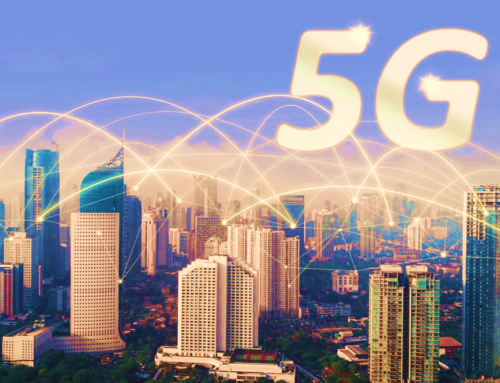By Phil Veletzos and Steve Lefkovits
As a way of achieving building-wide Internet connectivity, managed Wi-Fi Internet solutions are gaining popularity in multifamily properties across all asset types. RealtyCom can help owner/operators evaluate this business model for both new developments and existing property retrofits. The three main reasons to consider building-wide Internet availability at your communities are:
● Valued resident amenity. Since today’s residents regard access to the Internet as a right, the easiest way for owners and operators to increase connectivity is by providing robust Internet access at all times across the property so prospective residents, current residents and their guests can seamlessly enjoy hotel-style connectivity.
● IoT/Smart Home/Smart Building Functionality. A Managed network provides a network to leverage for smart home and smart building initiatives. Through advancing technology, building management systems are becoming increasingly sophisticated; allowing, for example, property managers to detect the source of leaks without opening up walls.
● Wi-Fi Calling. Through Wi-Fi calling, a property wide managed network can take the sting out of cell signal issues due to construction materials such as Low-E glass.
● Ancillary Income. When managed well, bulk purchase solutions can create substantial asset value that may outpace traditional revenue share models.
As a way of achieving building-wide Internet availability, managed Wi-Fi Internet solutions are gaining popularity. Under this model, property owners assume the business risk of the internet service provider in return for the difference between their recurring cost and retail consumer rates for similar internet speeds in their units – generating ancillary owner income. Moreover, a resident will pay less for their in-unit service (via increase in rent or added “technology” charge each month) than they would directly from the service provider but enjoy access to the service beyond their unit into the entire interior and exterior areas of the property. The additional owner revenue allows for investment in further tech and IoT upgrades that may be outside the budget in a standard retail model with multiple competing service providers. The always-on convenience of managed Wi-Fi, when well-executed, provides tangible value and may create collateral benefits and efficiencies across multiple building systems.
Building-wide networks are a becoming a required pre-condition of smart buildings, smart homes, and app-based amenities, and are very useful to virtual leasing, flexible-term rentals, Wi-Fi calling capabilities and streaming content amenities. The number and capacity of the networks depend not only on integration software, but the number and inexorability of devices connected, level of data anticipated for the planned use, as well as access security. Just as new buildings are commonly built today to accommodate 3-4 retail network providers, with an allowance for future-proofing, the single provider Managed Wi-fi environment may include and/or support multiple physical networks.
Please give us a call if you’d like to talk about some of the considerations that factor into the discussion, as well as the business, security and operating risks that have to be managed when residents buy ISP services from their property owner.





